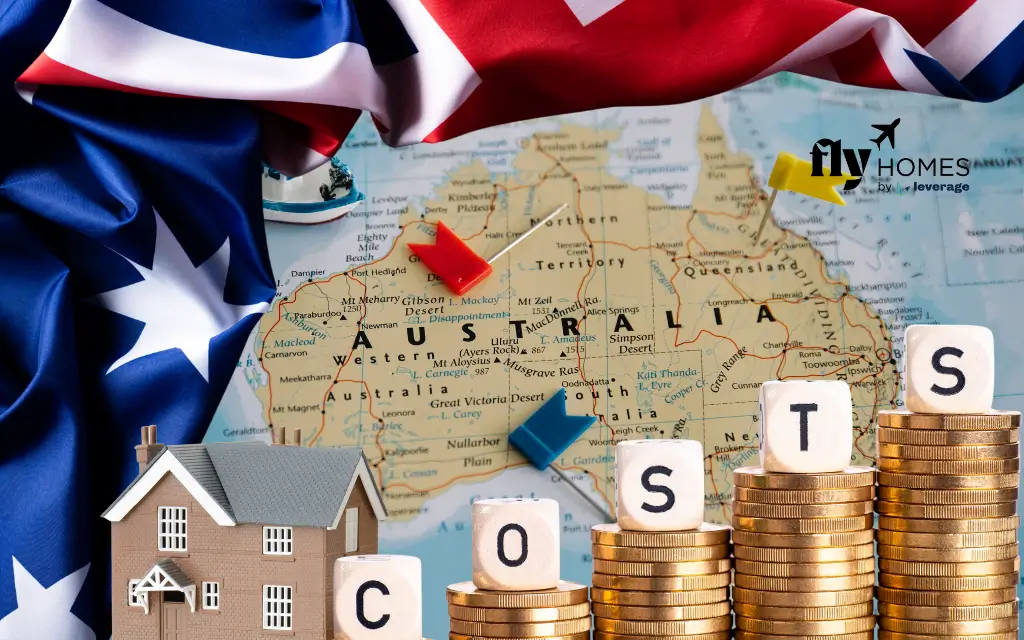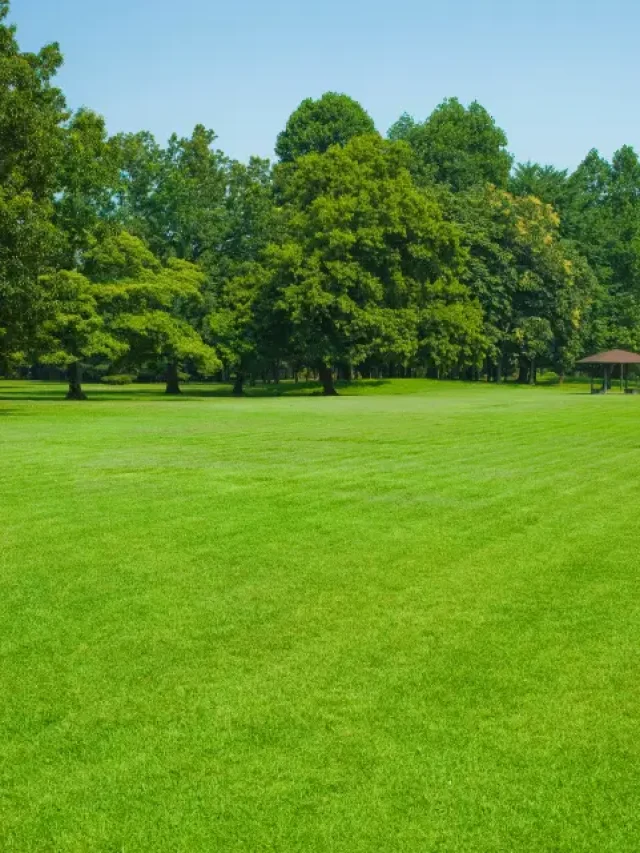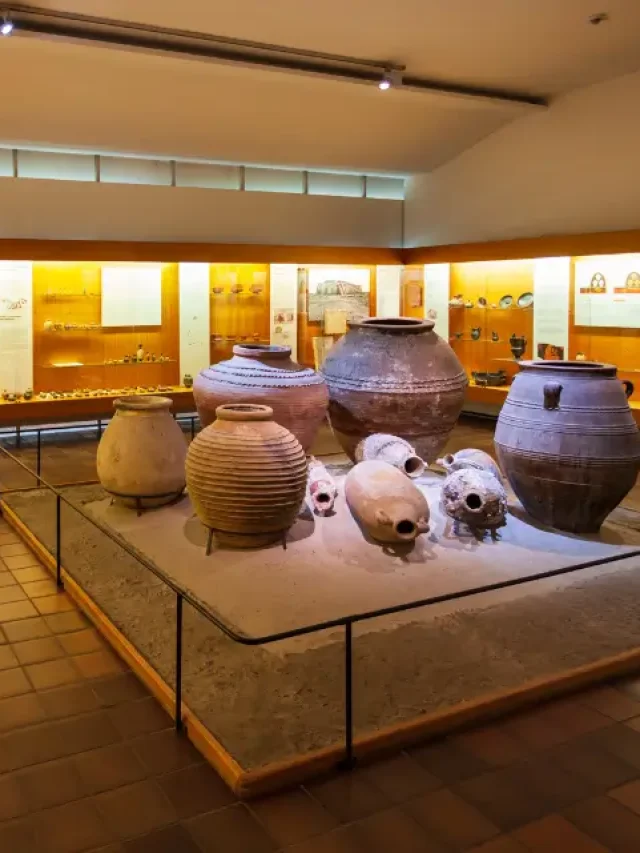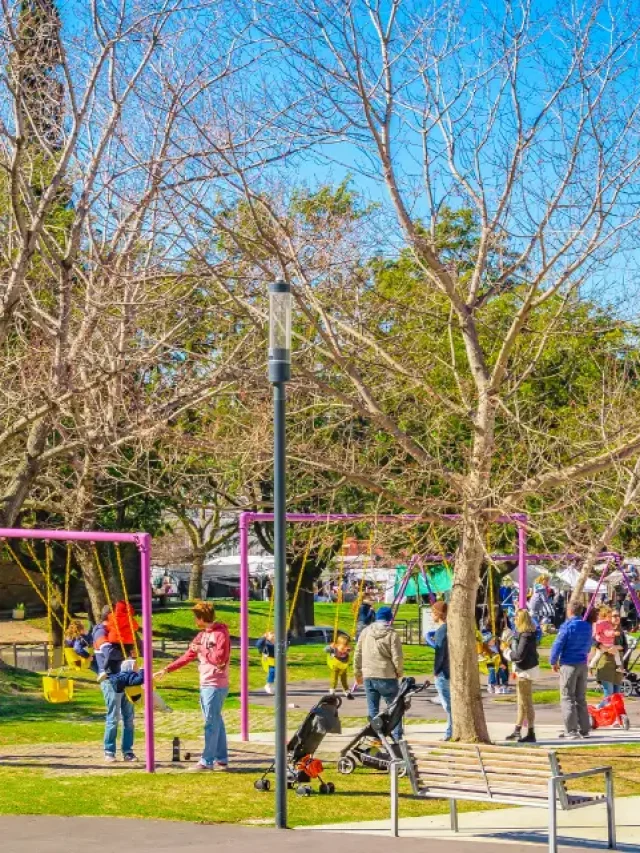Are you planning to study in Australia and curious about the cost of living in Australia in 2025? You’ve come to the right place! Australia continues to be a top destination for international students, thanks to its world-class education system and vibrant lifestyle. With a growing number of students choosing Australia, understanding the average living expenses for 2025, including accommodation, tuition fees, and daily costs, is essential. This detailed guide is designed to help you plan your finances effectively and make the most of your experience in Australia. Read on to explore the cost of living for international students in 2025!
Table of contents
- Cost of Living in Australia: An Overview
- City Wise Cost of Living in Australia
- Cost of Student Accommodation in Australia
- Cost of Studying in Australia
- Cost of Utility Bills in Australia
- Cost of Transportation in Australia
- Cost of Food and Groceries in Australia
- Cost of Healthcare in Australia
- Tips to Manage the Cost of Living in Australia
- FAQs on the Cost of Living in Australia 2025
Cost of Living in Australia: An Overview
The cost of living in Australia varies between AUD 20,000 to AUD 39,000 on an annual basis. The various expenses while living in Australia include everything from student accommodation to the cost of studying, cost of utilities, transportation, food, entertainment, and healthcare. From tuition fees averaging INR 20 lakh annually to the cost of living in Australia up to INR 10 lakhs. As per the reports of the Department of Education of Australia, 7,46,080 international students enrolled for higher education between January and September 2024 which is 31% more than in 2023. It is the third most preferred destination in the English-speaking world due to its high quality and globally recognised education system.
| Cost of Living in Australia | Monthly Expenses |
| Accommodation | AUD 1000 – AUD 2,000 |
| Travel | AUD 400 – AUD 500 |
| OHSC Cover | AUD 118 |
| Utility Cost | AUD 300 – 500 |
| Entertainment | AUD 200 – AUD 300 |
| Personal/Miscellaneous Expenses | AUD 180 – AUD 200 |
| Groceries & Food | AUD 50 – AUD 120 |
| Total Cost of living in Australia | AUD 2248 – 3738 |
City Wise Cost of Living in Australia
If you are planning to escalate your career to further heights in Australia and are wondering about the cost of living in Australia in 2025, you are at the right place! While calculating the cost of living in Australia in 2025, it is really important to check out the cost of living in various cities of Australia. The cost of living in Australia varies from city to city and of course, depending on your lifestyle and preferences. Here, we have compiled a list of the cost of living in Australia in various cities for you.
| Cities in Australia | Cost of living in Australia (Monthly) |
| Canberra | AUD 4500 |
| Sydney | AUD 4000 |
| Melbourne | AUD 3900 |
| Perth | AUD 3800 |
| Brisbane | AUD 3600 |
| Hobart | AUD 3500 |
| Adelaide | AUD 3300 |
| Darwin | AUD 3300 |
Cost of Student Accommodation in Australia
The cost of student accommodation in Australia varies between AUD 800 to AUD 2,000. It may vary as per your choice whether you have chosen a shared apartment or on-campus student accommodation in Australia or a homestay. The cost of living in Australia is something that varies as per your budget, choices, and preferences for student accommodation in Australia.
One of the most significant contributors to the overall cost of living in Australia for students is the expense of accommodation. In fact, reducing your housing costs can have a major impact on your monthly budget, making student life more affordable. To help you make informed choices, we’ve outlined the various types of student housing options available in Australia along with their typical price ranges. This guide can serve as a starting point for finding a living arrangement that fits both your needs and your financial situation.
| Types of Accommodations in Australia | Monthly Living Expenses in Australia |
| On-campus dormitory | AUD 1000 – AUD 1,400 |
| Shared apartment | AUD 1000 – AUD 1,200 |
| Homestay | AUD 1,000 – AUD 1,500 |
| Studio apartment | AUD 1,500 – AUD 2,000 |
Cost of Studying in Australia
While calculating the cost of living in Australia, it is really important to consider the cost of studying. The cost of studying depends on the type of educational institution you have chosen and the course you want to pursue in Australia. With home to some of the top and world-class prestigious universities, Australia promises to provide you with a quality education. Here we have compiled a list of available courses and the annual tuition fees.
| Course | Tuition Fees per year |
| UG Courses | 20,000 to 50,000 AUD (approx.) |
| PG Courses | 22,000 to 60,000 AUD (approx.) |
| Doctorate Degree | 22,000 to 70,000 AUD (approx.) |
| Vocational Course | 4,000 to 30,000 AUD (approx.) |
| Diploma | 26,000 – 40,000 AUD (approx.) |
| English language course | 500 AUD per week (approx.) |
| MBA | 11,000 to 121,000 AUD (approx.) |
Studying at universities and colleges in Australia typically involves tuition fees ranging from AUD 20,000 to AUD 70,000 per year, depending on the institution and course type. To help you navigate your options, we’ve curated a comprehensive list of top-ranked universities along with their most popular programs and associated tuition fees. This guide is designed to simplify your decision-making process by aligning your academic goals and financial capacity, making it easier to find the right course that fits both your interests and your budget.
| QS WUR 2025 | University | Top Courses | Tuition Fees |
| 13 | The University of Melbourne | Bachelor of Agriculture Master of Architectural Engineering Master of Business Analytics | AUD 45,000-47,000 |
| 37 | Monash University | Bachelor of Architectural Design Master of Information Technology Master of Data Science Master of Advanced Nursing | AUD 37,000-45,000 |
| 88 | University of Technology Sydney | Bachelor of Business Bachelor of Economics Bachelor of Accounting Master of Artificial Intelligence Master of Physiotherapy | AUD 1,256 per credit |
| 30 | Australian National University (ANU) | Bachelor of Philosophy (Hons) Science Master of Applied Data Analytics Master of Museum and Heritage Studies Master of Engineering in Electrical Engineering | AUD 46,000-48,000 |
| 167 | University of Wollongong (UOW) | Bachelor of Science (Chemistry) Bachelor of Mathematics Bachelor of Computer Science Master of Public Health Master of Psychology MBA | AUD 14,000/semester-16,000/semester |
| 82 | The University of Adelaide | Master of Engineering (Mining) Master of Petroleum Engineering Bachelor of Oral Health Bachelor of Nursing | AUD 45,000-48,000 |
| 19 | The University of New South Wales (UNSW) | Master of Mining Engineering Bachelor of Science (Advanced Mathematics) Bachelor of Engineering (Hons) (Mechanical) Bachelor of Engineering (Mechanical & Manufacturing) | AUD 7,000-11,000 |
| 77 | The University of Western Australia (UWA) | Master of Professional Engineering Master of Biological Science & Master of Biotechnology Bachelor of Marine Sciences | AUD 9,000 |
| 40 | The University of Queensland | Master of Tourism, Hotel & Event Management Bachelor of Health, Sport & Physical Education | AUD 2,900-3,500/credit |
| 18 | The University of Sydney | MBA Master of Engineering Bachelor of Science Bachelor of Economics | AUD 50,000-54,000 |
Cost of Utility Bills in Australia
Another important expense that contributes to the cost of living in Australia is the cost of utilities. It includes the cost of your phone bills, electricity bills, and even your internet bills. It is advisable to confirm with your student accommodation provider about the inclusion of the utilities in the rent of accommodation. Here is how much you’d ideally spend on utilities in Australia.
| Utilities in Australia for Indian Students | Cost of Utilities in Australia (Monthly) |
| Electricity | AUD 1000 – AUD 150 |
| Gas | AUD 70 – AUD 100 |
| Water | AUD 50 – AUD 100 |
| Internet | AUD 80 – AUD 100 |
| Mobile Phone | AUD 50 – AUD 80 |
Cost of Transportation in Australia
Travel expenses in Australia typically range between AUD 300 and AUD 400 per month, making them a significant factor in the overall cost of living for students. Australia boasts a reliable and extensive public transportation network, including buses, trains, trams, and ferries in major cities. To help manage daily commuting costs, many cities offer affordable monthly travel passes that can substantially lower expenses. Additionally, prepaid travel cards—such as the Opal card in Sydney or the Myki card in Melbourne—provide discounted fares and seamless transfers across different modes of transport. Understanding and planning for these costs is essential when estimating your total monthly budget as an international student in Australia.
| Transportation for Students | Cost of Transportation in Australia |
| Single bus/train ticket (city) | AUD 10 |
| Monthly public transport pass | AUD 100 – AUD 200 |
| Domestic flight (one-way) | AUD 200 – AUD 300 |
| Car rental (per day) | AUD 50 – AUD 100 |
Cost of Food and Groceries in Australia
On an average student can expect to spend AUD 65 – AUD 103 on food and grocery items in Australia. It is an important component of the cost of living in Australia and you can increase or decrease it as per your choices and preferences. Always try to plan your food in advance and shop accordingly. Instead of spending dining out, consider cooking at home. Also, try to avoid impulsive buying at the last moment. Here is how much you will ideally spend on food and groceries that actually contribute to the cost of living in Australia:
| Food and Grocery Items in Australia | Cost of Food/Groceries in Australia |
| Chicken (1kg) | AUD 10 – AUD 15 |
| Bread (loaf) | AUD 3 – AUD 4 |
| Eggs (dozen) | AUD 5 – AUD 7 |
| Rice (1kg) | AUD 3 – AUD 5 |
| Milk (1 liter) | AUD 2 – AUD 3 |
| Apples (1kg) | AUD 4 – AUD 6 |
| Bananas (1kg) | AUD 4 – AUD 5 |
| Cheese (500g) | AUD 6 – AUD 8 |
| Tomatoes (1kg) | AUD 5 – AUD 7 |
| Coffee (200g) | AUD 6 – AUD 8 |
| Restaurant meal (inexpensive) | AUD 20 – AUD 30 |
| Fast food combo meal | AUD 15 – AUD 20 |
Cost of Healthcare in Australia
The cost of healthcare for an international student varies between AUD 500 to AUD 800 annually. There is a medicare system in Australia that covers the medical expenses for the international students as well as for the residents. As an international student, you are required to purchase Overseas Student Health Cover(OSHC). Here are some of the OHSC providers in the table below:
| OHSC Providers in Australia | Cost of OHSC (Annual) |
| CBHS | AUD 1,160.70 |
| AHM OHSC | AUD 1,214 |
| NIB | AUD 1,305.16 |
| Medi Bank | AUD 1,319 |
| Allianz Care | AUD 1,324 |
| Bupa | AUD 1,405 |
Tips to Manage the Cost of Living in Australia
- Opt for shared accommodations or university housing to lower rental expenses.
- Use public transport and student discounts for affordable travel.
- Save on food costs by cooking meals at home and shopping at local markets.
- Take advantage of student discounts for entertainment, travel, and groceries.
- Consider part-time work to supplement your income and cover daily expenses.
- Monitor spending habits with budgeting apps to identify areas for improvement.
- Prioritize needs over wants to avoid unnecessary expenses.
- Explore free or low-cost activities for leisure and entertainment.
- Plan and track monthly expenses to stay within your budget.
FAQs on the Cost of Living in Australia 2025
For international students, the average cost of living in Australia is approximately AUD 1,500 to AUD 3,500. This includes accommodation, food, transportation, and other personal expenses. Costs can vary based on the city and lifestyle.
Consider sharing accommodation, using public transport, buying groceries in bulk, and taking advantage of student discounts. Additionally, cooking at home and participating in free or low-cost student activities can help reduce expenses.
The monthly passes generally range from AUD 100 to AUD 200, depending on the city and distance travelled. And, if you love cycle you can buy a bicycle that might cost between AUD 200 and AUD 500, and it’s a popular, economical choice for getting around.
International students are required to have Overseas Student Health Cover (OSHC). The cost for OSHC is typically around AUD 500 to AUD 800 per year, depending on the provider and coverage level.
International students are generally allowed to work up to 40 hours per fortnight during the academic term and full-time during holidays. This can help cover some of your living costs, but it is important to balance work with study commitments.
Food expenses typically range from AUD 300 to AUD 500 per month. Cooking at home and shopping at local markets can help reduce the cost of living in Australia.
Students can manage the cost of living in Australia by sharing accommodations, using public transport, cooking meals, and utilizing student discounts for travel, food, and entertainment.
Tuition fees, ranging from AUD 20,000 to AUD 45,000 annually, are a significant part of the cost of living in Australia and should be factored into financial planning.
Hope you liked reading about the average cost of living in Australia. Reach out to Fly Homes now at 1800572118 to secure the finest accommodation abroad.
Follow Us on Social Media




























